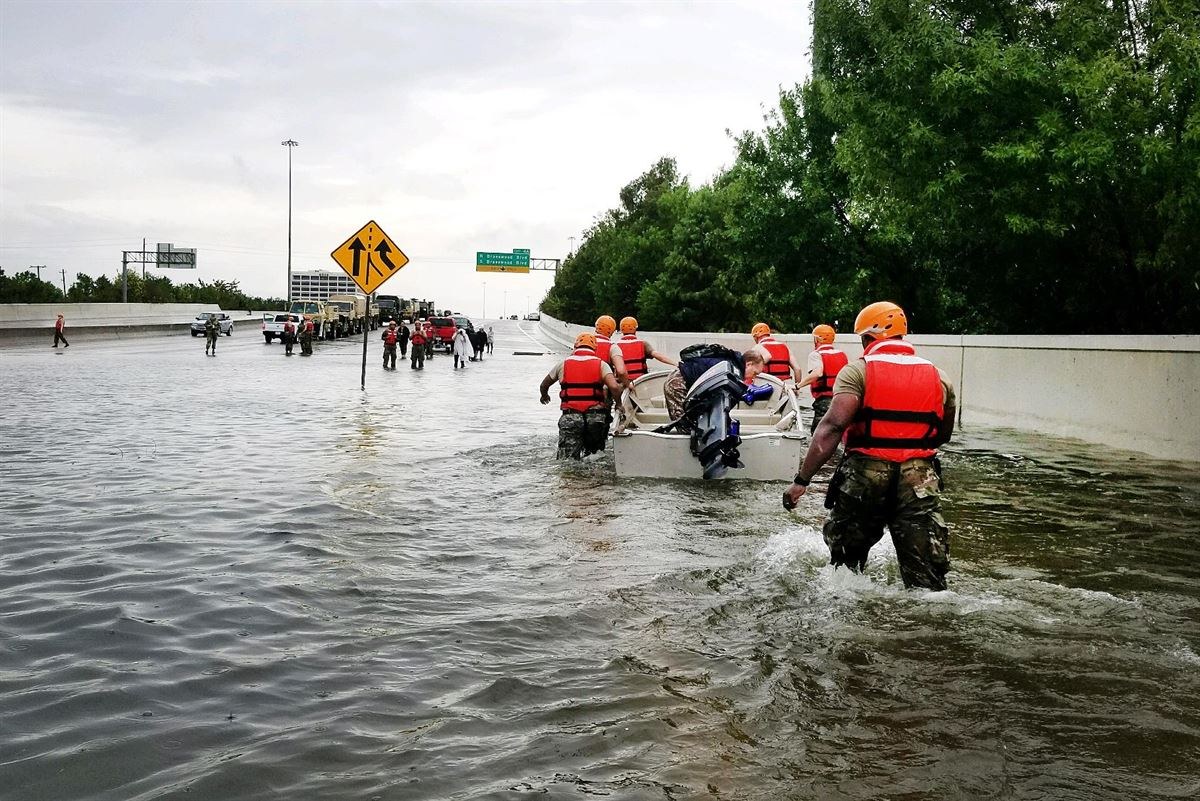Ways Small Funders Can Respond to Hurricanes Harvey and Irma (and Other Disasters)
Small funders may lack the capacity or disaster experience of their larger counterparts, but the Center for Disaster Philanthropy (CDP)’s recent webinar with Exponent Philanthropy, featuring Lori J. Bertman, of the Irene W. and CB Pennington Foundation and Rebecca Hove of the Greater Houston Community Foundation, strongly argue there is space for small foundations to be effective. Here are five key points distilled from their strategies:
Take the long view
Sit on your hands for a bit and time your giving. This cannot be overstated. The full range of needs and impacts from Harvey will not emerge immediately. The overwhelming majority of disaster funding goes toward relief, but there is the full disaster lifecycle to consider. As past disasters have shown, funding is going to be needed over multiple years—likely much longer than you think.
Service on the ground
If you can and are willing, get out into the community and serve. Dollars are always important and there is a long-term need for funding, but service cannot be underestimated. Is a long-term grantee partner working on the ground? Show up and support their work.
 Invest in partners
Invest in partners
For immediate disaster response, find service providers working quickly and at scale to meet the immediate needs of affected communities. Find local organizations that can set up a voucher or debit card system, or a preferred hotel chain partner to meet those needs. Find national organizations that can set up infrastructure—not just shelter, but food and water distribution. Do you have grantees already working on Harvey? They will likely need and value your support.
Collaborate
If you do not have capacity to do due diligence, consider giving to the Hurricane Harvey Relief Fund or the Hurricane Irma Recovery Fund, pooled funds, or to another local organization or funding partners, who can also share hard-won knowledge. As Regine Webster of CDP put it, “collaborative philanthropic response to the disaster leverages combined expertise and maximizes the value of the human, financial, and technical resources.”
Community as volunteers
Utilize offers from your donors, partners, and community members who want to help and volunteer. They can support your work by sourcing information, creating resource documents for providing and receiving aid, and by many other creative ways.
Remember that private philanthropy is nimble, flexible, and can fill gaps in funding that the different levels of government cannot. Beyond the scope of this hurricane season, there are opportunities for philanthropy to be innovative in disaster prevention and mitigation.
Check out these resources to learn about how you can use data to drive better disaster-related funding decisions: Measuring the State of Disaster Philanthropy and the Disaster Philanthropy Playbook.
For our tech-savvy readers - Foundation Center also has free APIs you can use to quickly and easily incorporate our data on disaster funding into your internal systems and applications. Sign up for a Registry Key here, and access these free APIs here.

